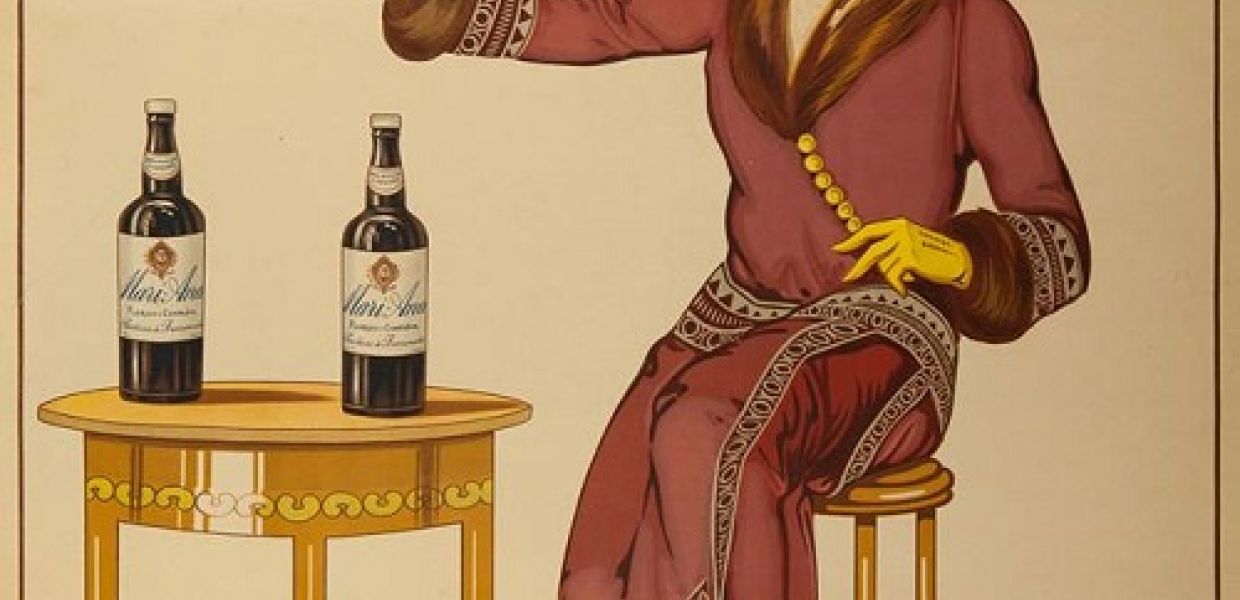The success of Hispana

On the Europeana Pro blog, we want to highlight the good work being done by the Europeana Network. This time, María Luisa Martínez-Conde (Project manager at the Spanish Ministry) from the Hispana project tells us more about the history of the project, what they do and their plans for the future.

Image: Vinos y Finos : Sanlucar de Barrameda, [1920-1925] Biblioteca Valenciana Digital (Public domain)
Hispana is the common access point to Spanish cultural and scientific digital heritage coming from repositories all over Spain. It also gathers information about current and planned digitisation projects. It began work in September 2005 and was launched as a search service in March 2006. In November 2008, when Europeana was launched, Hispana became the Spanish national cross-domain aggregator for Europeana. It now helps Spanish libraries, archives, museums and other memory institutions to make their collections available via Europeana.
As of 1 September, 2014, the directory of digitisation projects includes 604 projects. Of these, 207 have implemented an OAI-PMH repository that is harvested by Hispana. As a result, Hispana currently allows access to 5,070,428 digital objects. It has experienced a rapid growth in the past six years - when it was launched in March 2006, it gave access to less than 120,000 digital objects coming from 25 repositories.
The project was born as an initiative of the unit for library coordination of the Ministry of Education, Culture and Sport. Because of this, the libraries are so far much better represented than museums and archives. In fact, Hispana harvested exclusively from library repositories until March 2010. At the moment CER.es, the aggregator for Spanish museums, is harvested by Hispana as well. To date, 39 museums are contributing to Hispana and to Europeana. There are also archives contributing to Hispana, among them the General Archive of Simancas and some regional and local archives.
Due to the large number of libraries contributing to Hispana, 81.8% of the digital objects are texts,17.9% are images. Sound and video files only take up 0.3% and are therefore very much under-represented. This composition of the database was one of the reasons for the implementation of the Europeana API in the Hispana portal to enrich the collection with material from other cultural institutions. Hispana harvests everything that has a link to a digital object: any object, any audience, any subject, any format.
As of September 2014, Hispana channels to Europeana more than 2,240,000 records, a figure that represents 85% of the Spanish contribution. It’s the second largest Europeana data provider after The European Library.
One of the challenges for Hispana is to allow users to retrieve records on a topic without language limitations and to find records similar to those retrieved. To improve this feature, Hispana is carrying out a process of semantic enrichment of its records. It links them to the Spanish Subject Headings List that has been converted to SKOS and linked to subject headings in English (LCSH), French (Rameau), German (GND) and other Spanish official languages, Catalan and Galician up to now.
Some data providers are also enriching their records by linking them to Dbepdia and VIAF. This is in keeping with the policy of the Ministry that promotes the implementation of OAI-PMH repositories according to the Europeana Data Model and the above mentioned semantic enrichment.
Over the past eight years, Hispana has reached a high level of standardisation of digitisation projects with special attention to metadata schemas and quality policy. It has also facilitated the easy channelling of the Spanish contribution to Europeana.
